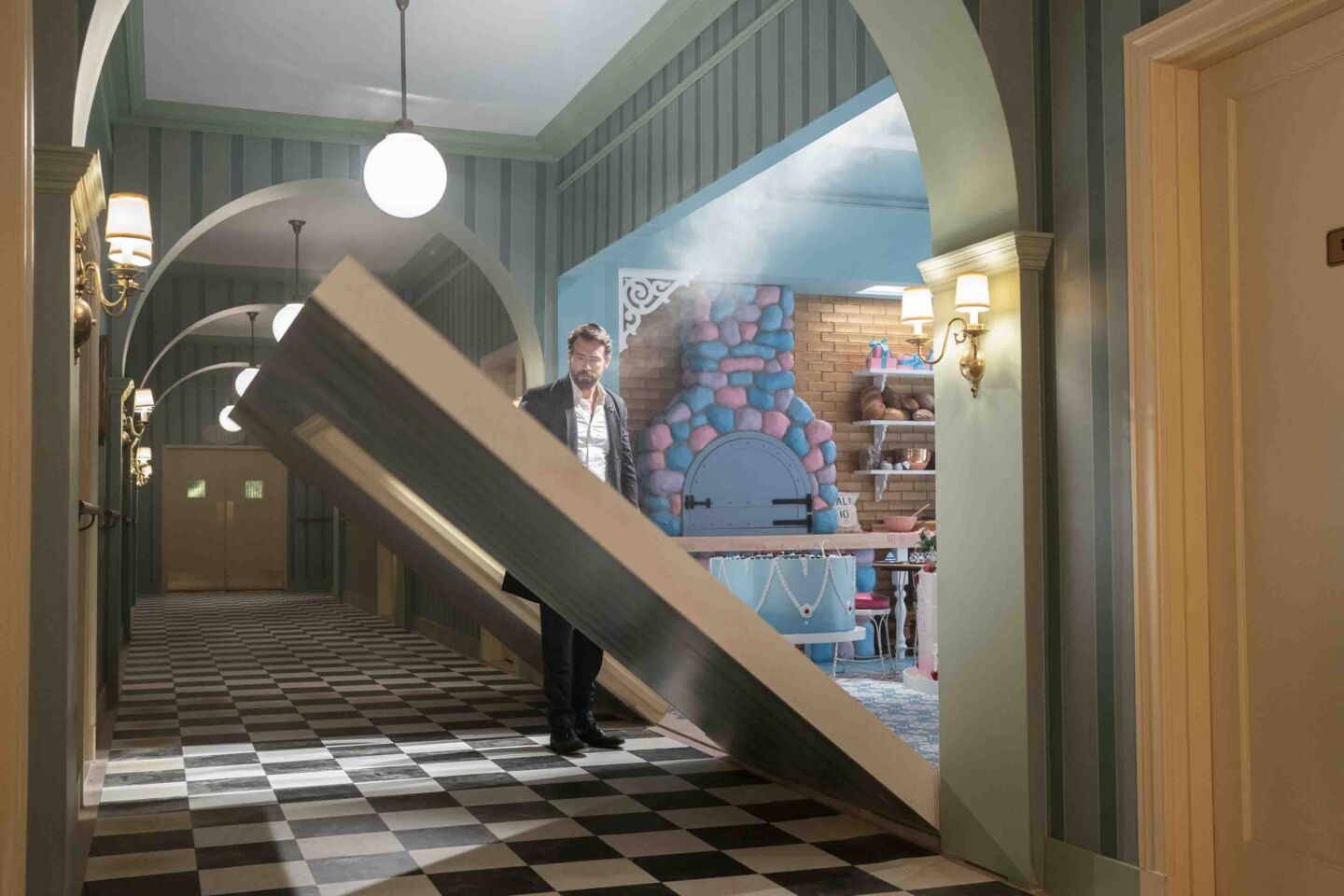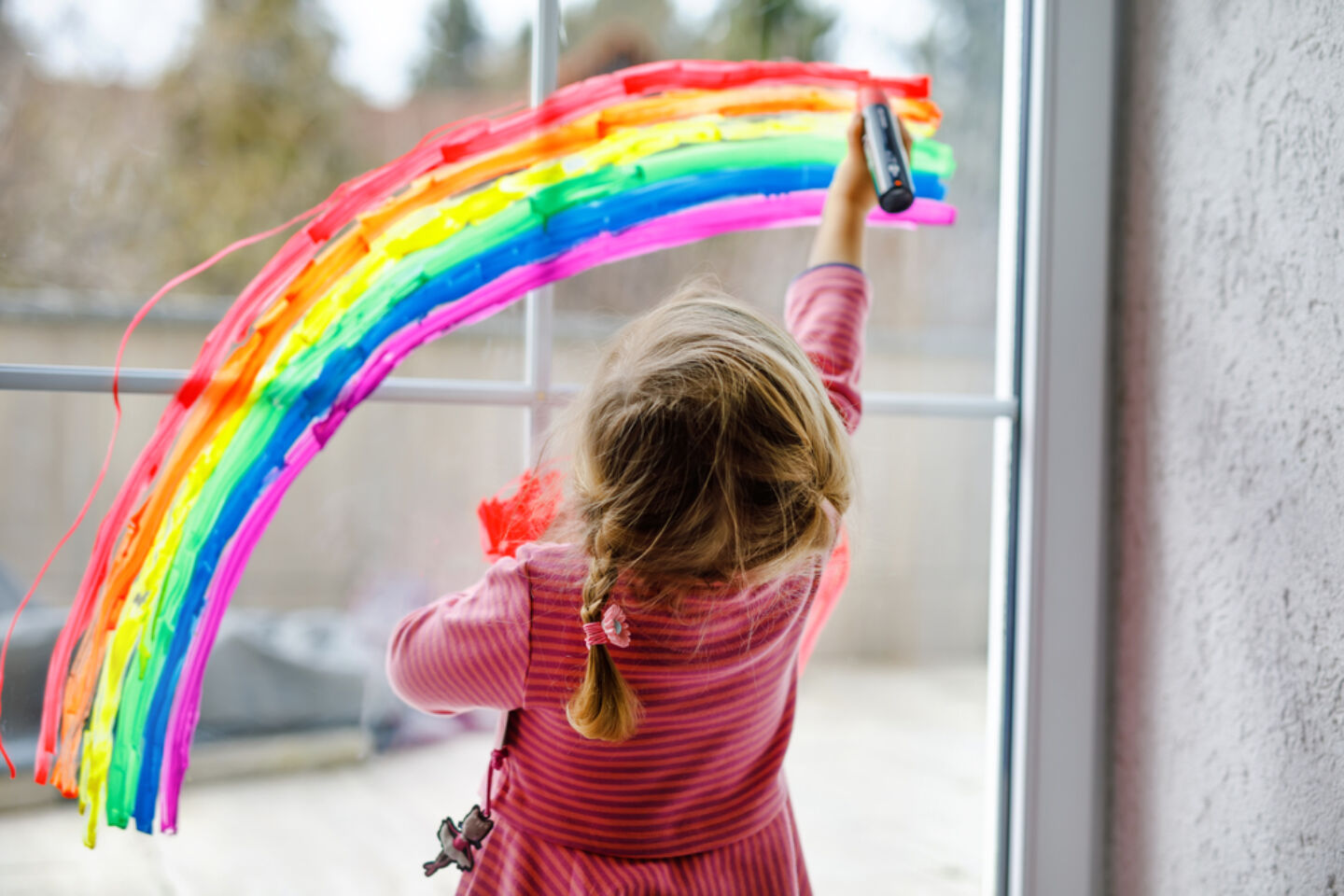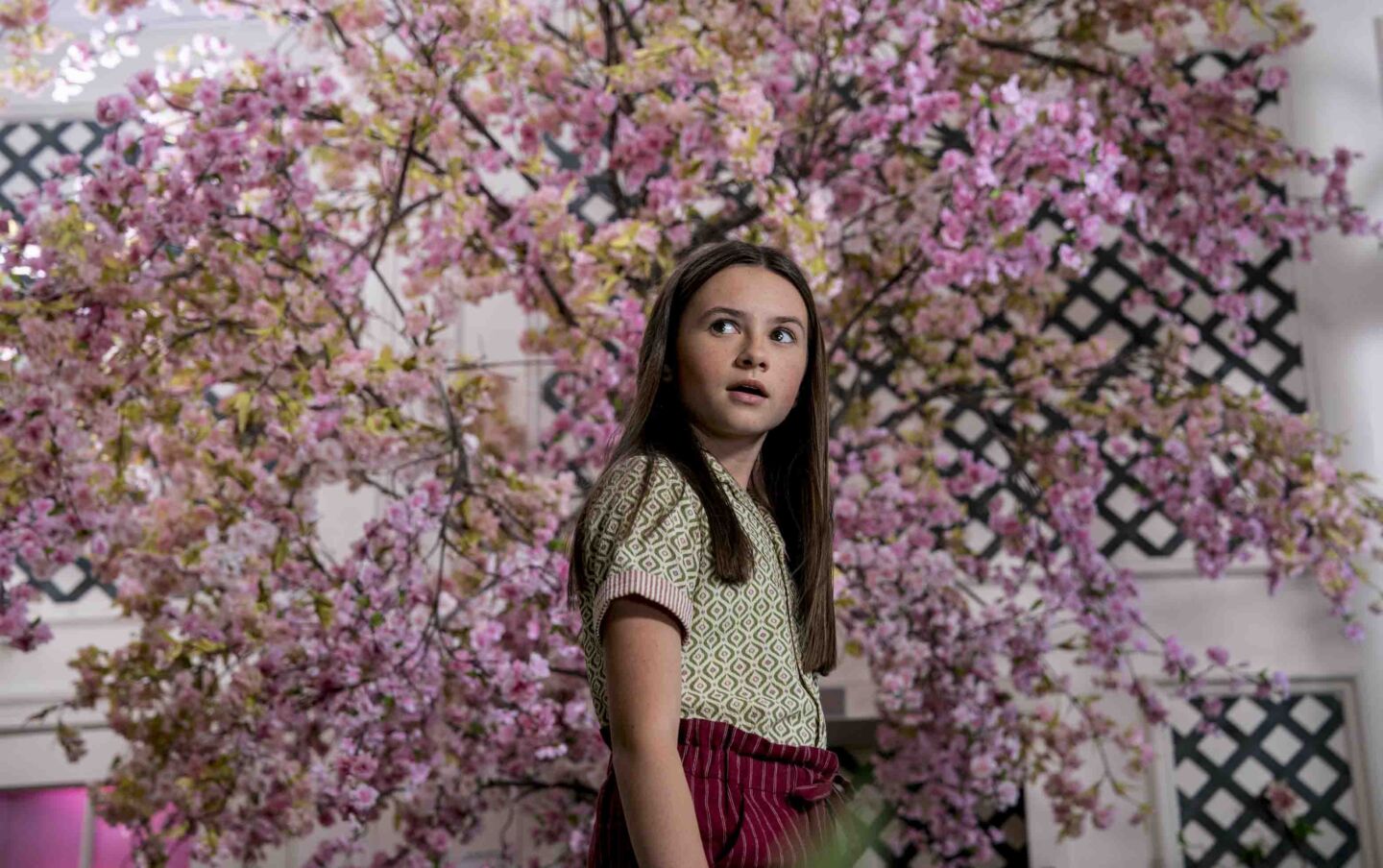Is it just me, or did this school year absolutely fly by? It feels like just yesterday I was scrambling for school supplies, and now, somehow, summer is peeking around the corner. Before long, we’ll be looking for ways to entertain our children (and their friends) as the long summer days start to stretch into oblivion. And this, dear reader, is where imagination becomes the most valuable tool in your parenting tool kit.
Imaginative play is important for so many reasons—it’s like the Swiss Army knife of childhood development. Research shows that imagination helps with cognitive skills like problem-solving and decision-making2, and indicates that children who engage in imaginative play exhibit higher levels of empathy, cooperation and communication skills3. They’re also better able to understand and regulate their emotions more effectively1, and have larger vocabularies and stronger narrative abilities4.
But here’s the kicker: imagination isn’t just about ticking boxes on a developmental chart—it’s about sprinkling that extra dash of wonder into their world. You know that spark in their eyes that lights up your whole day? It’s pure magic, and there’s nothing quite like it in the universe. Nurturing that sense of wonder is like giving your kids a secret superpower that’ll stick with them for life.
That’s why we’ve put together 10 unique ways to spark your child’s imagination this summer.

1. Plan a movie date to go see ‘IF’ in theaters
Get tickets now for “IF”, only in theaters May 17! This fantastical film, written and directed by John Krasinski and starring Ryan Reynolds, will have the whole family laughing out loud, and is the perfect way to kickstart your child’s summer of creative thinking through a whimsical and heartwarming tale about the power of imagination. It’s the kind of movie that’ll have your little ones dreaming big—and you reminiscing about your own childhood wonders. And the IF (infinite fun) doesn’t end there! After the credits roll, the entire family can unleash their own creativity by bringing their imaginary friends to life using the online IF Generator that allows fans to sketch their IF and get an image of what their IF would look like as a character in the film.
2. Play “What IF?”
Turn the never-ending “Why?” from your kid into a fun game of “What If?”—whether you’re in the car, at the dinner table, or catching them off guard. Keep those imaginations firing by tossing out outrageous scenarios like, “What if everything you touched magically turned into ice cream?” or “What if we could fly like birds?” Then encourage them to ask you “What Ifs?”—it’s harder than you think! Playing this game lets your little ones flex their imagination muscles, practice thinking on their feet, and can even prep them for curveballs life throws their way (“What if you left your lunch on the school bus?”). In the “What If?” game, the only rule is to let your imagination run wild. Who knows, you might just uncover the next great storyteller in the bunch!
3. Encourage make-believe

Set the stage for some serious imaginative play! Gather up all those books and let your kids create a makeshift library—complete with “check-out” desks for your or their pals to browse and borrow. Or let them raid the pantry and turn the kitchen into a grocery store where you can “shop” for dinner ingredients. Feeling fancy? Encourage them to play restaurant, from setting the table to taking orders and serving up the grub (bonus points if you can get them to take on the roles of busser and dishwasher, too). It’s like turning your home into a theater for their creative minds to shine.
4. Gather up some empty boxes
It may seem like the oldest trick in the book, but empty boxes are the easiest and most coveted vehicle for creativity (Pro tip: Opt to have your Amazon orders shipped together and you’ll score a bigger box AND cut down on your carbon footprint). With just some simple art supplies (and adult supervision if box cutters are involved), these humble containers can magically transform into rocket ships, forts or even a makeshift lemonade stand. It’s like instant entertainment, with a side of eco-friendly recycling.
5. Revel in boredom
As annoying difficult as it is to hear your child slink around the house saying, “I’m booored,” those two words can actually be magic in disguise. Toss them a pile of old bedsheets or towels, and watch as they transform into superheroes or construct secret hideouts. It’s like boredom is the secret sauce for igniting their imagination and turning everyday items into extraordinary playthings.
6. Let your child be the boss for a day

Hear me out before you completely rule this one out. What if you let your child call the shots for one day—within reason, of course? Go for a drive, let them choose “Left, right, or straight?”, and see where you end up! It’s like giving their creativity the driver’s seat for a day, and who knows? You might just stumble upon a hidden gem or discover a new favorite hang-out spot—all thanks to their wild imagination.
7. Share the stories of your own childhood
Ah, those ’90s summers were something else, weren’t they? We practically lived outside, crafting our own little hideaway among the pine trees—which we fondly dubbed “Piney Hollows”—and trading notes with the neighbors. Our imaginations were in overdrive 24/7! From epic games of capture the flag to chasing fireflies until the stars came out, there was never a dull moment. Share your own childhood tales with your kiddos and watch as their eyes light up with wonder, ready to dive into their own adventures.
8. Unplug for a day

Speaking of the ’90s, why not unplug for a day to spark some imagination? Back then, our tech game was pretty much limited to a landline—no cell phones, iPads or endless streaming options in sight. Give those modern-day distractions a break and see what wild ideas your kids can come up with. It’s like a blast from the past that might just ignite some creative fireworks.
9. Make your own movie
Once you’ve caught “IF” in theaters, why not challenge your kids to make their own movies? Spend a day—or a few—getting creative with storylines, casting their friends, crafting costumes, writing a script and ultimately performing their masterpiece for an audience of eager adults (who, of course, have to film the whole thing so they can share it in 20 or 30 years with their kids, à la number 7 on this list).
10. Get out in nature

When it comes to the great outdoors, creativity knows no bounds. I can still remember being a kid, sitting on the beach, staring out at the endless Atlantic, and bombarding my dad with questions like, “What’s the land across from us in Europe?” Whether you’re cloud-gazing or admiring a crew of busy ants, urging your kids to marvel at Mother Nature’s wonders will open up a whole universe full of imagination.
It’s true what they say: the days are long, but the years are short. Whether you’re trying to survive the dog days of summer or craving a dose of childhood wonder to share with your own kids, imagination is your golden ticket. Make this summer one for the books—a season filled with wonder that’ll stick with you and your family forever. And don’t forget to mark your calendars: “IF” hits theaters May 17, and you won’t want to miss it!
Sources
1. Elias, C. L., & Berk, L. E. (2002). Self-regulation in young children: Is there a role for sociodramatic play? Early Childhood Research Quarterly, 17, 216-238.
2. Gmitrova, V., & Gmitrov, J. (2003). The impact of teacher-directed and child-directed pretend play on cognitive competence in kindergarten children. Early Childhood Education Journal, 30(4), 241-246.
3. Laible D., Carlo G., Murphy T., Augustine M., Roesch S. (2014). Predicting children’s prosocial and co-operative behavior from their temperamental profiles: a person-centered approach. Soc. Dev. 23 734–752. 10.1111/sode.12072
4. Saracho, O. N. (2001). Exploring young children’s literacy development through play. Early Childhood Development and Care, 167, 103-114.

